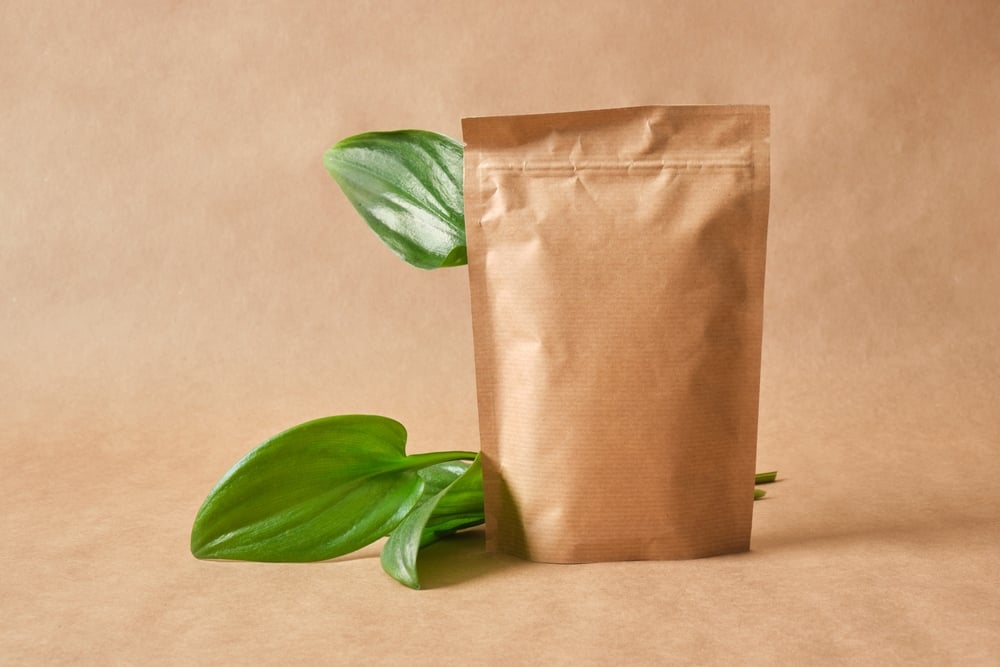Sustainable Packaging Trends for 2023 and Beyond
Climate change and global warming have led companies and consumers to recognize the importance of environmental sustainability. Thus, eco-friendly or sustainable packaging has become a trend, and brands must consider incorporating this positive solution in the long run.
While it’s good that brands are making an effort to promote environmental awareness, is this the market reality? Is society in an age of greenwashing and marketing about eco-initiatives, or are organizations genuinely invested in making changes and implementing measures?
Notable Sustainable Packaging Trends
Sustainable packaging refers to packaging made from eco-friendly sources and processes. The primary reason for sustainable packaging’s creation is to reduce the environmental impact and ecological footprint that other materials cause.
Materials such as corrugated cardboard, compostable materials, cellulose, and more are becoming popular “green” alternatives to plastic, metal, and synthetic materials.
There are a variety of key sustainable packaging trends, technologies, and advancements leading to various brand opportunities.
- Mono-materials
Traditional retail packaging often contains more than one material in its production, drastically affecting its sustainability.
Fortunately, mono-materials can help resolve this issue. Mono-materials refer to product packaging made from a single fiber or material. Due to mono-materials containing only one component, they’re easier to separate and recycle.
By 2025, the mono-material industry will have a compound annual growth (CAGR) of 3.8%, reaching $70.9 billion or over 26 million tons consumed. Sustainable packaging statistics such as these show demand for mono-materials, and using them can help your organization be more sustainable and is also a cost-effective alternative.
- Eco-friendly inks
Ink is a crucial part of packaging design processes, allowing organizations to imprint text and images on most media forms. Many inks contain different mixtures of chemicals and organic compounds, such as petroleum, that cause adverse effects on the earth. Some inks also acidify, releasing substances harmful to people and the environment.
The rising popularity of alternatives such as vegetable and soy-based inks provides an eco-friendly option for companies to make the transition. Vegetable and soy-based inks are organic and biodegradable, making recycling and removing ink from products easier.
- Improved traceability and tracking
There’s a trend in utilizing technology to improve traceability and tracking effectively. The trend suggests that packaging manufacturers will be more open and keener on using technology to trace packaging impact, mitigate environmental harm, and promote transparency.
As this trend develops, it’ll be much easier to gauge progress and make the necessary adjustments to achieve true sustainability.
- Growing EPR regulations
Extended producer responsibility (EPR) is a set of government-mandated regulations that places legal obligations on producers. The policy may require packaging producers to pay fees depending on the package quantity and type they use on their products.
As EPR regulations grow, this will encourage manufacturers to alter their packaging design and selection to adhere to the enacted laws. The continued reinforcement and refinement of these laws will place a more significant focus on recyclability and possibly even less packaging usage altogether.
- Biodegradable and compostable packaging
As the packaging industry continues to be more environmentally friendly, biodegradable and compostable components are fast becoming the production material of choice.
These concepts may be familiar in terms of items such as food. However, more retail brands and clothing establishments have transitioned to using compostable and biodegradable materials, giving their packaging materials an alternative and economic purpose.
- Transition to lightweight packaging
Lightweight packaging is gaining more notoriety amongst the packaging production community due to its many benefits. Those who’ve transitioned into using lightweight packaging have seen reduced costs in areas such as material and manufacturing. Some examples of lightweight packaging include biopolymer packaging and paper.
Lightweight packaging adoption also lessens energy usage necessary for packaged goods transportation, which lowers emissions caused by fuel usage.
- Carbon emission labeling
Carbon emission labels or CO2 labels contain environmental information about your purchased products’ packaging, comparable to nutritional facts on food product labels.
CO2 labels state the carbon dioxide emissions created as a by-product of consumer products’ disposal, manufacturing, and transportation. The trend of creating CO2 labels will persist as it helps raise awareness of the harmful environmental effects of non-sustainable packaging.

Championing Sustainability
The world’s increased awareness of environmental harm caused by traditional packaging has led to sustainable packaging innovations such as eco-friendly inks, traceability technology, and even implementing regulations to support the cause.
While the drive for tried and true packaging waste solutions will take time, these initiatives are steps in the right direction in preserving the planet.
If you want credible insight into your business needs, talk to experts from Meyers Printing. A premier print manufacturer for over 70 years, Meyers Printing is committed to providing product labeling, packaging, and retail merchandising solutions, while maintaining environmental compliance.
Contact us today and bring your packaging solutions to life with professional printing solutions.

